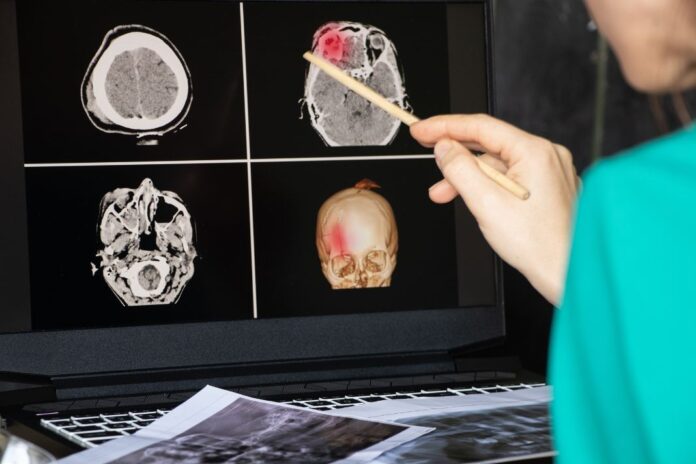In the ever-evolving field of medical imaging, image processing software stands as a cornerstone of innovation. This software plays a pivotal role in enhancing the quality and diagnostic capabilities of medical images, ultimately improving patient care and outcomes. In this article, we explore the latest innovations in image processing software for medical imaging systems.
1. Artificial Intelligence (AI) Integration
Artificial intelligence has revolutionized the way medical images are processed and analyzed. AI algorithms can swiftly analyze vast datasets, detect anomalies, and assist radiologists in making more accurate diagnoses. Machine learning models are becoming increasingly sophisticated, allowing for better detection of diseases, such as cancer and neurological disorders, at earlier stages.
2. Image Enhancement and Reconstruction
Image processing software now offers advanced techniques for enhancing image quality and reconstructing images. This includes noise reduction algorithms, contrast enhancement, and the ability to generate high-resolution images from lower-resolution inputs. These innovations enable clinicians to visualize fine details more clearly.
3. 3D and 4D Visualization
Three-dimensional (3D) and four-dimensional (4D) visualization techniques have transformed medical imaging. These technologies provide multidimensional views of anatomical structures and physiological processes. Surgeons, for example, can use 3D images for precise surgical planning, while 4D imaging captures dynamic processes, such as the beating of the heart or fetal movement during pregnancy.
4. Virtual Reality (VR) and Augmented Reality (AR)
The integration of virtual reality (VR) and augmented reality (AR) into medical imaging software allows healthcare professionals to immerse themselves in patient data. Surgeons can use AR overlays to guide them during complex procedures, while VR enables detailed exploration of 3D models for educational and diagnostic purposes.
5. Remote Collaboration and Telemedicine
The global shift toward telemedicine has been accelerated by innovative image processing software. Healthcare providers can securely share medical images, consult with specialists remotely, and collaborate on patient cases. This technology has become invaluable, especially in regions with limited access to specialized care.
6. Workflow Optimization
Modern image processing software is designed with a focus on streamlining workflow. Features such as automated image segmentation, report generation, and integration with electronic health records (EHRs) save time and reduce the risk of errors, allowing healthcare professionals to focus more on patient care.
Conclusion
Innovations in image processing software for medical imaging systems are driving progress in healthcare by providing more accurate, efficient, and accessible diagnostic tools. As technology continues to advance, we can expect even more remarkable developments in the field. The integration of artificial intelligence, 3D and 4D visualization, VR, AR, and workflow optimization promises to shape the future of medical imaging, ultimately benefiting patients and healthcare professionals alike.
In conclusion, image processing software is at the forefront of enhancing the capabilities of medical imaging systems. These innovations are not only improving the accuracy of diagnoses but also transforming the way healthcare is delivered and experienced.








